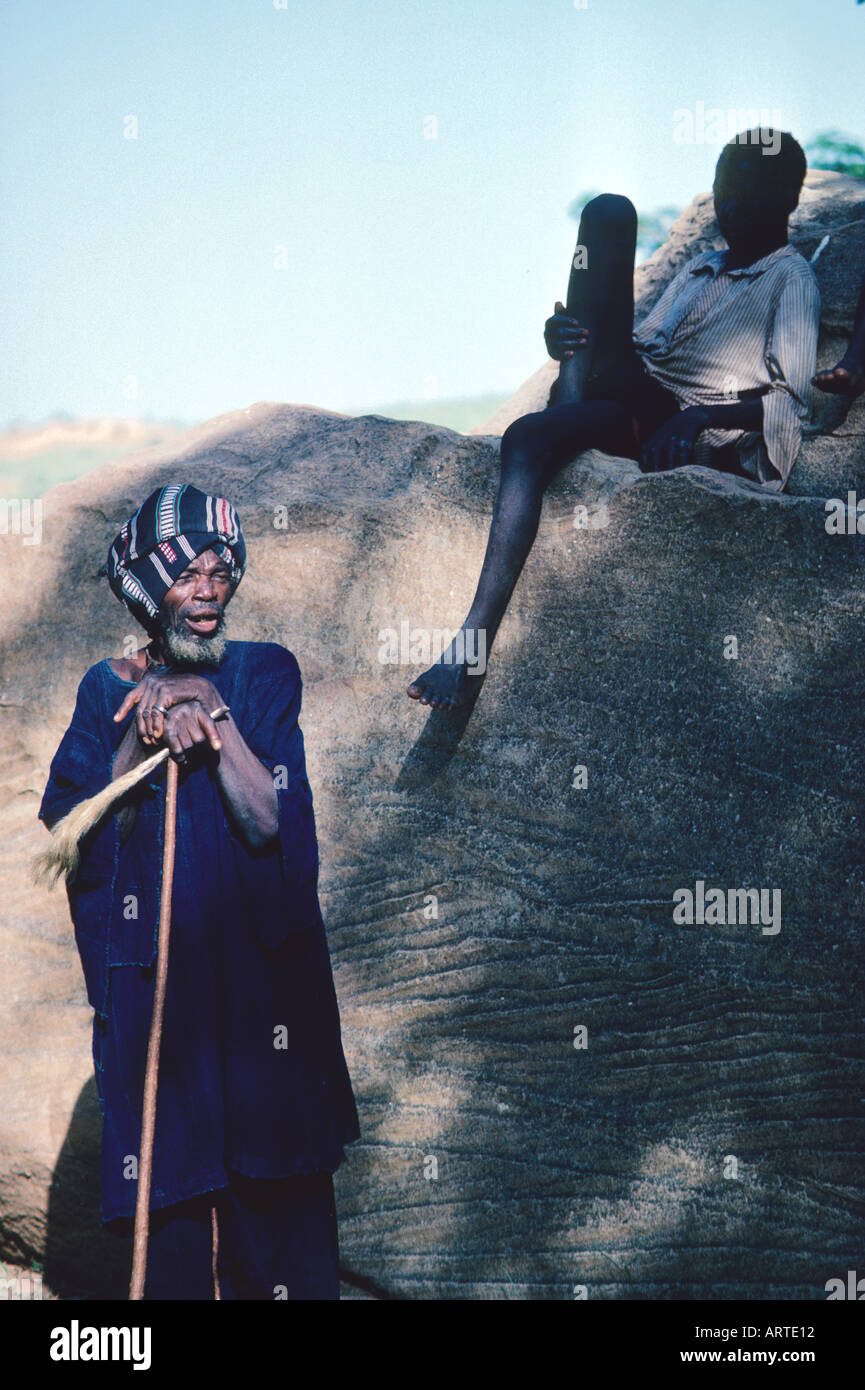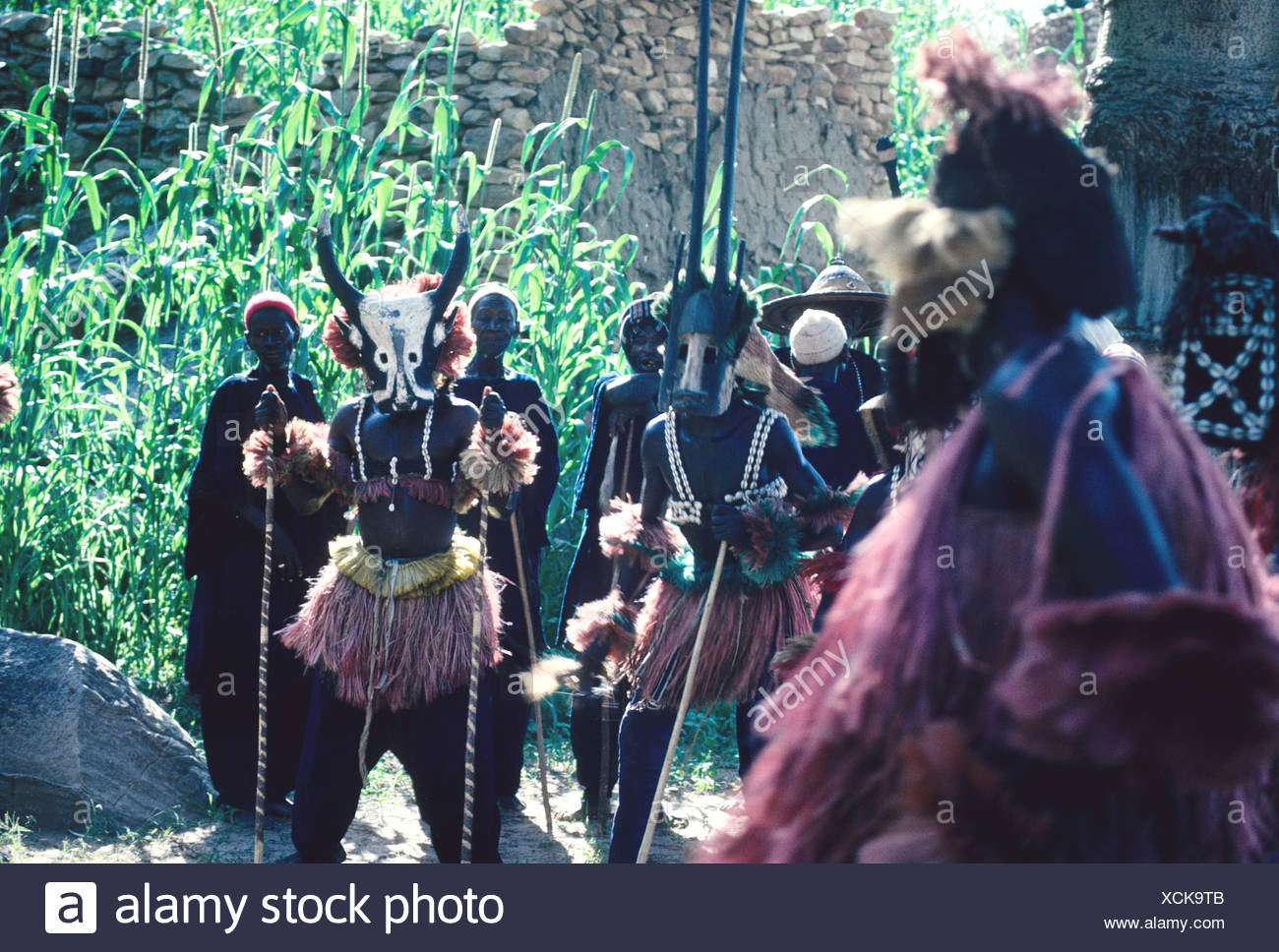

The rest, who have come into contact with modernity in recent decades, are settled in villages in three of four protected indigenous territories, strung out in a contiguous corridor along Maranhão’s western frontier. Today perhaps a hundred of the roughly 600 Awá still carry on nomadic lives in the forest. The interaction of the Awá (also called the Guajá or Awá-Guajá) with the outside world has been defined largely by violence against them. “The face of humanity is left more homogenous, and humanity itself more impoverished.” “When an ethnicity or a human group disappears … the loss is immense,” indigenous-rights activist Sydney Possuelo says. The numbers may seem small, but indigenous-rights advocates say there is something much larger at stake: the preservation of the last vestiges of a way of life that has all but disappeared from the planet, one that has survived apart from our industrial economy. The only so-called uncontacted tribes known to exist today outside the Amazon are in Paraguay’s Chaco scrub forest, on the Andaman Islands in the Indian Ocean, and in western New Guinea, Indonesia. These groups represent most of the world’s remaining isolated tribes. All across the Amazon Basin, in fact, threats to the security of the estimated 50 to 100 isolated and uncontacted tribes-perhaps some 5,000 people in all-are rising. But even in the still largely untouched expanses of rain forest straddling Brazil’s western border with Peru, isolated groups must live on the run to escape the depredations of illegal logging, gold prospecting, and now drug trafficking. Several bands of Awá nomads-the easternmost isolated, or “uncontacted,” people in the Amazon-roam the woodlands in the core of the territory, living in a state of near-constant flight from the whine of winches and chain saws and, in the dry season, the smoke of wildfires.Ĭonfined to a shrinking forest core, the Awá are especially vulnerable.

Far more dire is the plight of another tribe, with which they share the Arariboia reserve: the Awá. Most of them know the ways of the outside world many have lived in it. The stakes are certainly high for the Guajajara, but they’ve adopted effective survival strategies since their first bloody contacts with outsiders centuries ago. The lakes that give birth to their rivers and streams are drying up because of deforestation.

Along with the forests, the wild game that has sustained the Guajajara’s hunting culture for generations is vanishing. This group and others like it have sprouted up in recent years to meet a rising tide of illegal logging that is decimating protected woodlands in the eastern Amazonian state of Maranhão, including the 1,600-square-mile Arariboia Indigenous Land. They belong to a hundred-member, homegrown force of indigenous volunteers who call themselves the Forest Guardians. Three were murdered in one month’s time in 2016. Some patrolmen use fake names to mask their identities. Patrol leaders, the 33-year-old Tainaky among them, have received multiple death threats. They’ve set logging trucks ablaze, seized weapons and chain saws, and sent irate loggers packing. Going after illegal loggers here has become the hallmark of patrols like this. Think Mad Max meets The Last of the Mohicans. Bearing an equally modest array of weapons-a single-shot hunting rifle, a homemade pistol, a few machetes dangling from cinched waistbands-they call to mind a strange, cross-genre film. The patrol forms a motley crew: patched jeans and camouflage and aviator shades and bandannas to shield their faces from the ubiquitous dry-season dust. Tainaky, who also goes by his Portuguese name, Laércio Souza Silva Guajajara, turns to his companions, four other Guajajara tribesmen, as they dismount road-beaten motorbikes.

Here, on one of Brazil’s most hotly contested frontiers-where denuded scrubland pushes up against old-growth forest and private homesteads breach the boundaries of Indian land-the tire tracks bear a singular, ominous meaning. Through binoculars, he scans the rolling hills of fire-scorched savanna that lead out to a tree-crowned ridge in the distance. “From this morning,” he says, with the conviction of a veteran tracker attuned to any sign of human movement in these lawless borderlands. Tainaky Tenetehar climbs off his dirt bike for a closer look. The tread marks in the blood-red earth are deep-and fresh. This story appears in the October 2018 issue of National Geographic magazine.


 0 kommentar(er)
0 kommentar(er)
